*** Proof of Product ***

Exploring the Essential Features of “Arthur Benjamin – Math and Magic”
Math and Magic
Abbra, cadabra … 1+2 is … not really magic. But math can be magical when you master the tricks of the trade.
LESSON (12)
01:Mathematical Card Tricks
Begin the course with card tricks in which mathematics is clearly being used, but the secret is not easy to figure out. Learn the invariant principle: Some qualities stay the same in a deck even though the order of cards is changing. End with what Professor Benjamin calls the “tear-able” trick, being careful to use cards that you don’t mind wrecking.
02:What’s Your Deal?
Explore card tricks in which the cards are shuffled, dealt, and flipped over in interesting ways, leading to surprising outcomes. Discover Hummer’s principle—an endless source of mystifying, crowd-pleasing tricks, based on random mixing of cards combined with a simple procedure that preserves a pattern that seems positively magical.
03:Look like a Card Shark
Professor Benjamin shows how to play cards like someone who would be thrown out of a casino. Learn the Jonah principle for always winning at poker. Get a “feel” for counting cards and develop the knack for telepathically communicating a hidden card to an assistant. Finally, who could claim to be a card shark without a trick that turns up four aces every time?
04:The Deck Is Stacked
Investigate tricks based on the cyclic method of card ordering, or “stacking,” popularized by magician Si Stebbins and tracing originally to one of the first books on magic, published in Italy in 1593. Learn how to seemingly weigh a deck of cards in your hands and other miraculous feats based on this simple principle.
05:Perfect Shuffles
Professor Benjamin introduces a special guest, mathematician and magician Brent Morris, master of the perfect shuffle (also known as the faro shuffle), in which two equal halves of the deck are interlaced perfectly. You will learn two versions of this virtuoso technique—the in-shuffle and out-shuffle—along with sequences of shuffles that lead to very interesting symmetries.
06:Riffle Shuffles
Explore results of an ordinary riffle shuffle, where the deck is cut roughly in half, and the cards are interlaced approximately—but usually not perfectly. Depending on how the cards are arranged beforehand, intriguing effects are possible, based on Gilbreath’s principle of patterned sequences. Study several of these magic showpieces.
07:Magic with Numbers
Master an impressive medley of number-guessing tricks, involving the golden ratio, the Fibonacci series, and other notable numbers. In analyzing how the tricks work, discover how straightforward algebraic expressions are secretly pulling the strings. The feats include the very first mathematical magic trick that Professor Benjamin learned.
08:Look like a Genius
You don’t have to be a genius to look like one. Drawing on young volunteers, Professor Benjamin shows easy strategies for mentally multiplying numbers by 11, dividing numbers by 91, multiplying any numbers near 100, squaring numbers ending in 5, and other seemingly fearless feats of arithmetic, without use of a calculator.
09:The Magic of Nine
Admire the magic of the number nine. An ancient technique called “casting out nines” lets you pick out the missing digit in a bewilderingly long series of operations. Then learn to determine two-digit cube roots and also find the age of a volunteer who has hidden the number in a complicated calculation—all with the help of the number nine.
10:Look like a Psychic
Hone your psychic powers by developing tricks such as these: Have someone scramble their birthday in a seemingly unbreakable code, which you decipher with ease. Calculate the hidden spots on a stack of dice. Use the parity principle to guess where your partner has landed in an alphabetic array. Also learn the magician’s “toxic” calculation principle.
11:Geometric and Topological Magic
Explore mathematical mysteries that seem geometrically or topologically odd. Consider a paper strip with a half twist, joined end-to-end, known as a Möbius band. What happens when there are more twists or if the shape is cut? Create an analogous shape by slicing a bagel. Also, solve puzzles with disappearing figures, including a rabbit.
12:Magic Squares
Since ancient times, magic squares have given endless hours of fun through designing grids of numbers where each row, column, and diagonal produces the same sum—as if by magic. In this last lesson, learn to create magic squares quickly from numbers provided by your amazed audience or based on your volunteer’s birthday. Finally, end the course with a magic matrix based on the number pi.
DETAILS
Overview
Discover the magic of math in these 12 entertaining lessons taught by “mathemagician” Arthur Benjamin-an award-winning professor and acclaimed magician.
About
Arthur T. Benjamin
As a professor, I have always wanted to bring math to the masses. The Great Courses has helped make that dream come true.
ALMA MATER
Johns Hopkins University
INSTITUTION
Harvey Mudd College
Dr. Arthur T. Benjamin is Professor of Mathematics at Harvey Mudd College. He earned a Ph.D. in Mathematical Sciences from Johns Hopkins University in 1989. Professor Benjamin’s teaching has been honored repeatedly by the Mathematical Association of America (MAA). In 2000, he received the MAA Deborah and Franklin Tepper Haimo National Award for Distinguished College or University Teaching of Mathematics. The MAA also named Professor Benjamin the 2006-2008 George Pólya Lecturer. In 2012, Princeton Review profiled him in The Best 300 Professors. He is a professional magician, whose techniques are explained in his book Secrets of Mental Math: The Mathemagician’s Guide to Lightning Calculation and Amazing Math Tricks. Professor Benjamin also served for five years as coeditor of Math Horizons magazine. An avid games player, Dr. Benjamin is a past winner of the American Backgammon Tour and has written more than 15 papers on the mathematics of games and puzzles. Professor Benjamin has appeared on dozens of television and radio programs and has been featured in publications, including Scientific American, People, and The New York Times. In 2005, Reader’s Digest called him America’s Best Math Whiz.
Please see the full list of alternative group-buy courses available here: https://lunacourse.com/shop/

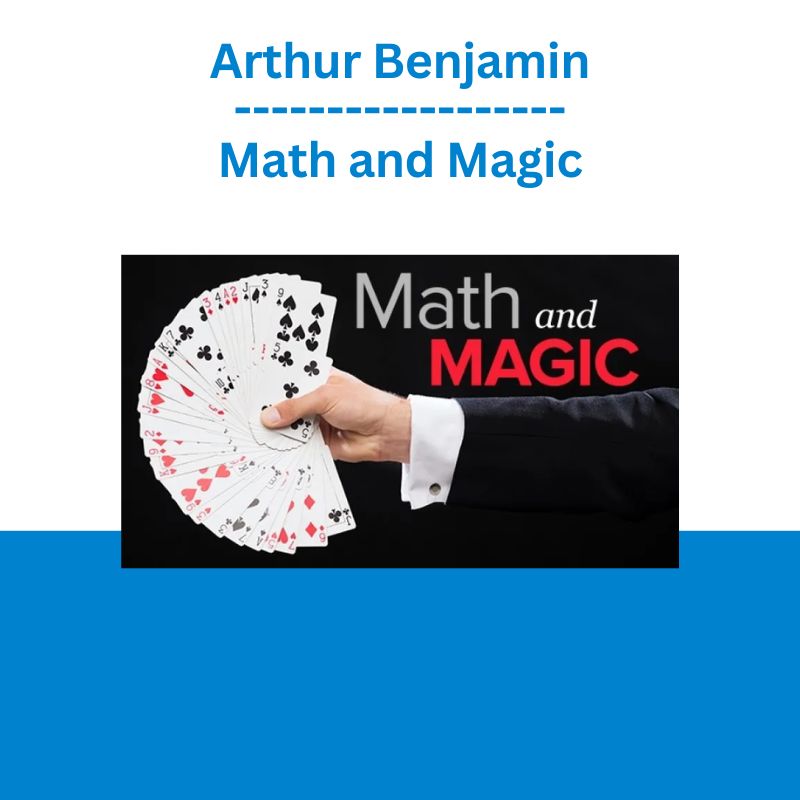

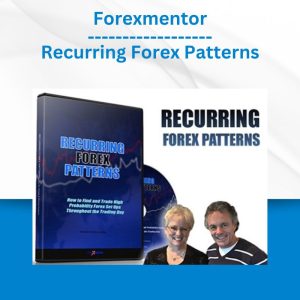
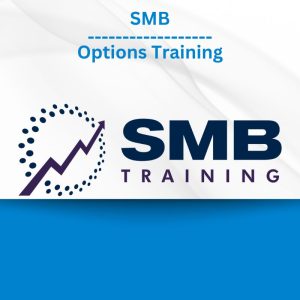

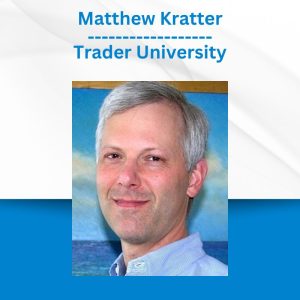
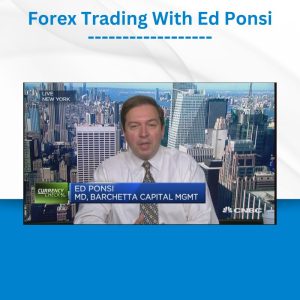

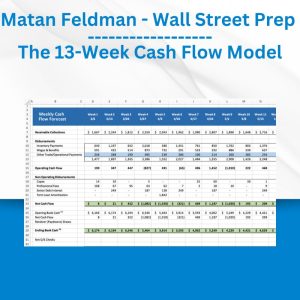
 Oliver Velez - Essential Strategy Of Trade For Life
Oliver Velez - Essential Strategy Of Trade For Life